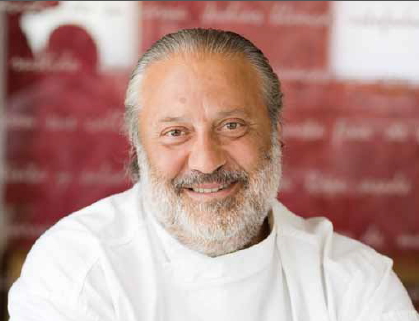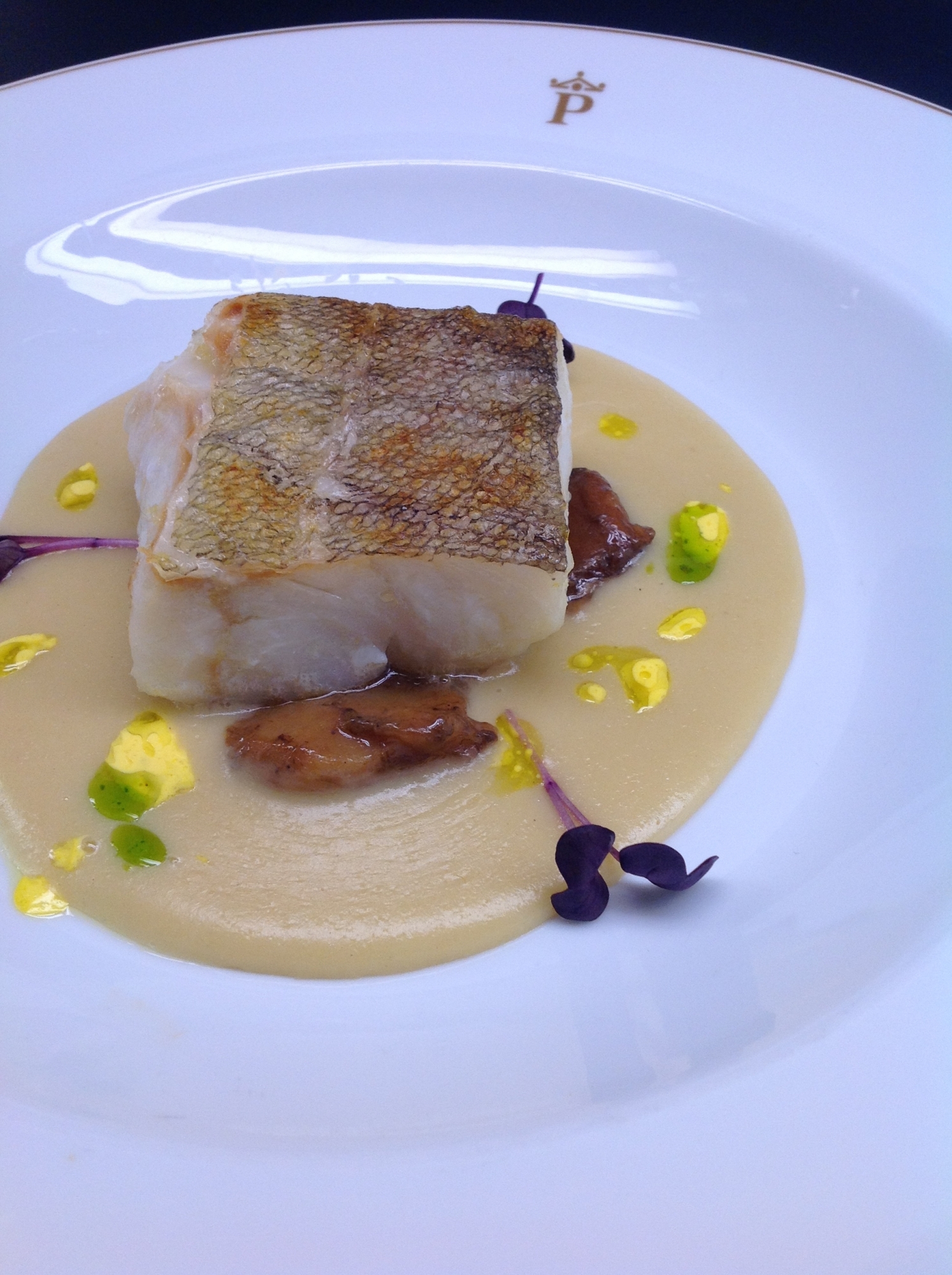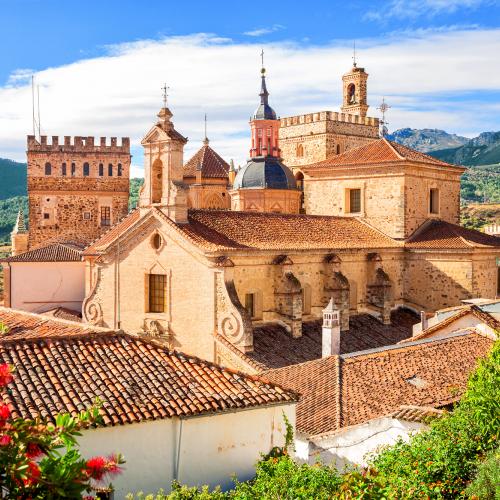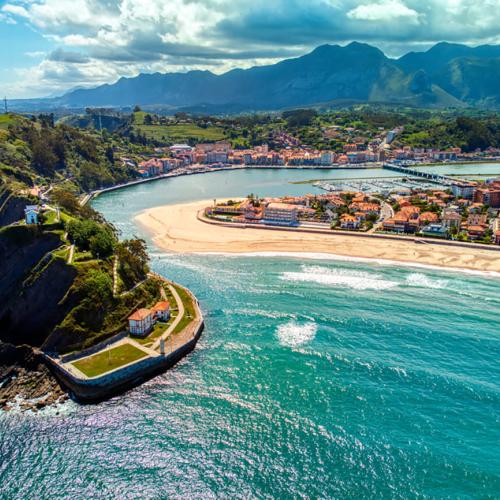
"The most important thing is raw material and how to treat it."
After over thrity years in this profession, he deserves to be considered a reference for the traditional cuisine from La Mancha. Manuel de la Osa wisely deals with ancestral recipes he learned at home but previously passed through the sieve of modernity. The result is outrageously good.
In his two restaurants (Las Rejas, in Las Pedroneras, and Ars Natura in Cuenca), he gives lessons on how to masterly deal with these flavours of the past. His latest challenge is at the height of his fame. He has created a dish for the El Greco Menu, one of those dishes that remains etched on our palates forever.

Paying homage to painting on the basis of a culinary creation, does it further enhance the art of cooking?
Yes, it is a great satisfaction to pay homage to an artist like El Greco with a dish prepared by each one of the chefs from La Mancha.
How have you succeeded in the challenge of creating a dish inspired by the paintings of El Greco?
I think we have achieved a perfect menu and I hope people enjoy visiting the Paradores because we have done it with gusto.
There is no doubt that your creation was inspired by La Mancha... Smoked cod in oil, garlic and pepper sauce (ajoarriero). Why did you choose this recipe?
Tasks were assigned and mine was fish. Both cod and ajoarriero are two recipes which are very typical from La Mancha and that we all cook every day at home.
It is clear that apart from taste and texture, colour is a catalyst for the experience. How does this sense contribute to your proposal?
Food also enters the eye and its colour is crucial when the dish is on the table... And then, of course, its taste.
The El Greco Menu highlights the value of the traditional cuisine from Castile-La Mancha. Does it have the recognition it deserves?
In our region we eat very well. There are many professionals who dedicate their lives to cooking, a lot of young kids who study at culinary schools with great eagerness and who are very good.
In your opinion, what elements have shaped the region's recipes?
Apart from its excellent raw materials. The most important thing is raw material and how to treat it. Nowadays, thanks to good connections, we can have anything at any time. In the past, the geographical situation made you choose the nearest products; the climate is also an influence.
Throughout your career, you have been keen on reinterpreting these flavours. When trying to give a new twist, are they more difficult to treat?
The traditional cuisine from La Mancha is filling, full of flavor. I like to modernise it a little bit, make it lighter, to adapt it to the times without losing the essence.
What flavours do you remember from that time in which you learned to cook with the women in your family? Is there a better training than that of the wisdom of mothers and grandmothers?
Thanks to them I felt like cooking. I have always loved to eat. I was with them to see what they were cooking. I remember my mother's meatballs which I even dreamt of at boarding school.
Four years ago, you opened Ars Natura in Cuenca. What led you to seek new horizons when you could just enjoy the prestige you had gained throughout your career?
I have always liked my city. I was excited about the project and I backed it up alongside a great team.
In which new project are you working on? Does your desire to create ever have a rest?
I work every day to keep doing what I love most: cooking and being with my friends. These are difficult times but we will keep on going, we cannot rest.
(This article was taken from Paradores Revista. Download the rest of the magazine here.)


